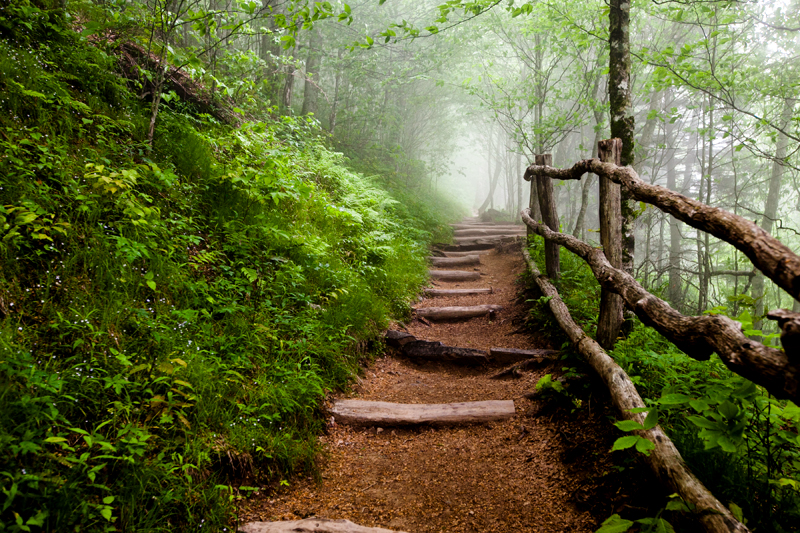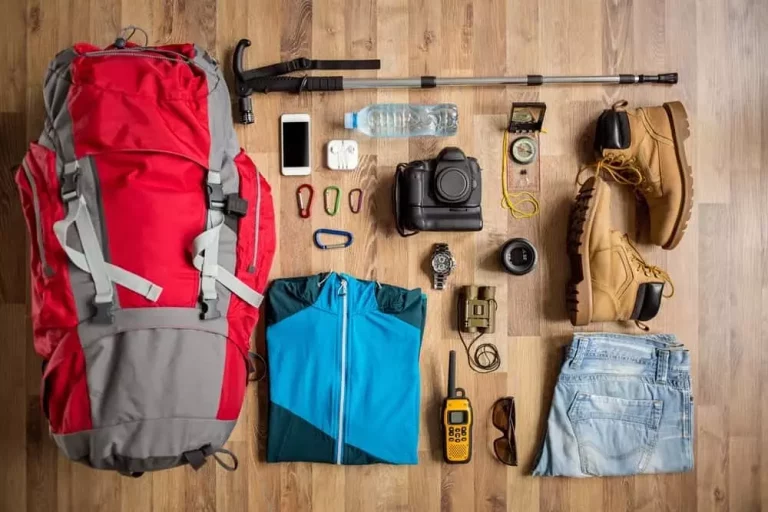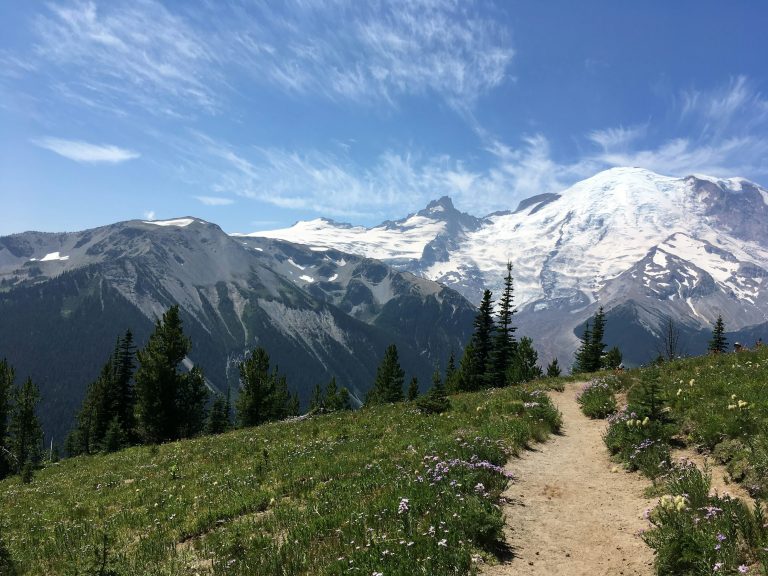A Beginner’s Guide to Trailing: Exploring the World on Foot
Trailing is an exciting way to connect with nature, enjoy fresh air, and challenge yourself physically. Whether you’re following a woodland path, a mountain ridge, or a riverside trail, each adventure brings a new experience.
If you’re new to trailing, this guide will cover the basics, types of trails, essential gear, and tips to help you get started!
🌿 What is Trailing?
Trailing involves walking or hiking on natural paths, often through forests, mountains, or parks. Unlike paved city sidewalks, trails can be dirt, gravel, rocky, or even covered in snow, making the experience more adventurous.
People enjoy trailing for different reasons:
✔ Exercise – A great way to stay active outdoors.
✔ Stress Relief – Walking in nature can be very calming.
✔ Scenic Views – Trails often lead to beautiful landscapes.
✔ Wildlife Spotting – You might see birds, deer, or other animals.
✔ Adventure & Exploration – Every trail brings a new challenge!
🛤️ Types of Trails
Depending on your experience and fitness level, you can choose from different types of trails:
1️⃣ Easy Nature Trails
🔹 Flat & Well-Marked – Great for beginners.
🔹 Short Distance – Usually under 2 miles.
🔹 Best For: Casual walkers, families, and beginners.
2️⃣ Moderate Hiking Trails
🔹 Slight Elevation Gain – Expect some uphill and downhill sections.
🔹 Varied Terrain – Can include rocks, tree roots, and water crossings.
🔹 Best For: Those with basic fitness looking for a challenge.
3️⃣ Advanced Mountain Trails
🔹 Steep Inclines & Rough Terrain – Requires good endurance.
🔹 May Need Special Gear – Trekking poles, sturdy boots, etc.
🔹 Best For: Experienced hikers and fitness enthusiasts.
4️⃣ Snow Trails
🔹 Winter-Friendly – Perfect for snowshoeing or winter hikes.
🔹 Requires Extra Gear – Waterproof boots, layered clothing, etc.
🔹 Best For: Those who enjoy winter adventures.
🎒 What to Bring on a Trail?
Having the right gear can make your trail experience safe and enjoyable:
✔ Comfortable Shoes – Wear hiking boots or trail shoes for grip and support.
✔ Backpack – Carry water, snacks, and essentials.
✔ Water Bottle – Staying hydrated is important.
✔ Lightweight Jacket – Weather can change quickly.
✔ Navigation Tools – A map, GPS, or compass.
✔ Sun Protection – Sunglasses, sunscreen, and a hat.
✔ First Aid Kit – For minor injuries like cuts or blisters.
✔ Flashlight or Headlamp – If you’re walking late in the day.
💡 Tip: If you’re going on a longer trail, bring extra food, a rain poncho, and a whistle for safety!
🏞️ Tips for an Enjoyable Trailing Experience
✅ Check the Weather – Avoid extreme heat or storms.
✅ Know Your Route – Research the trail before heading out.
✅ Start with Easy Trails – Build up your endurance over time.
✅ Walk at a Steady Pace – Don’t rush; enjoy the scenery.
✅ Stay on Marked Paths – Avoid getting lost or damaging the environment.
✅ Respect Nature – Don’t litter, pick flowers, or disturb wildlife.
💡 Tip: If you’re trailing alone, let someone know your route for safety!
🎯 Final Thoughts: Enjoy the Journey!
Trailing is a fun and rewarding outdoor activity that helps you stay active while exploring the beauty of nature. Whether you’re walking on a peaceful park trail or challenging yourself on a rugged mountain path, each step brings a sense of adventure and discovery.
💬 Have you tried trailing before? Share your favorite trail experience in the comments! 😊🌿



